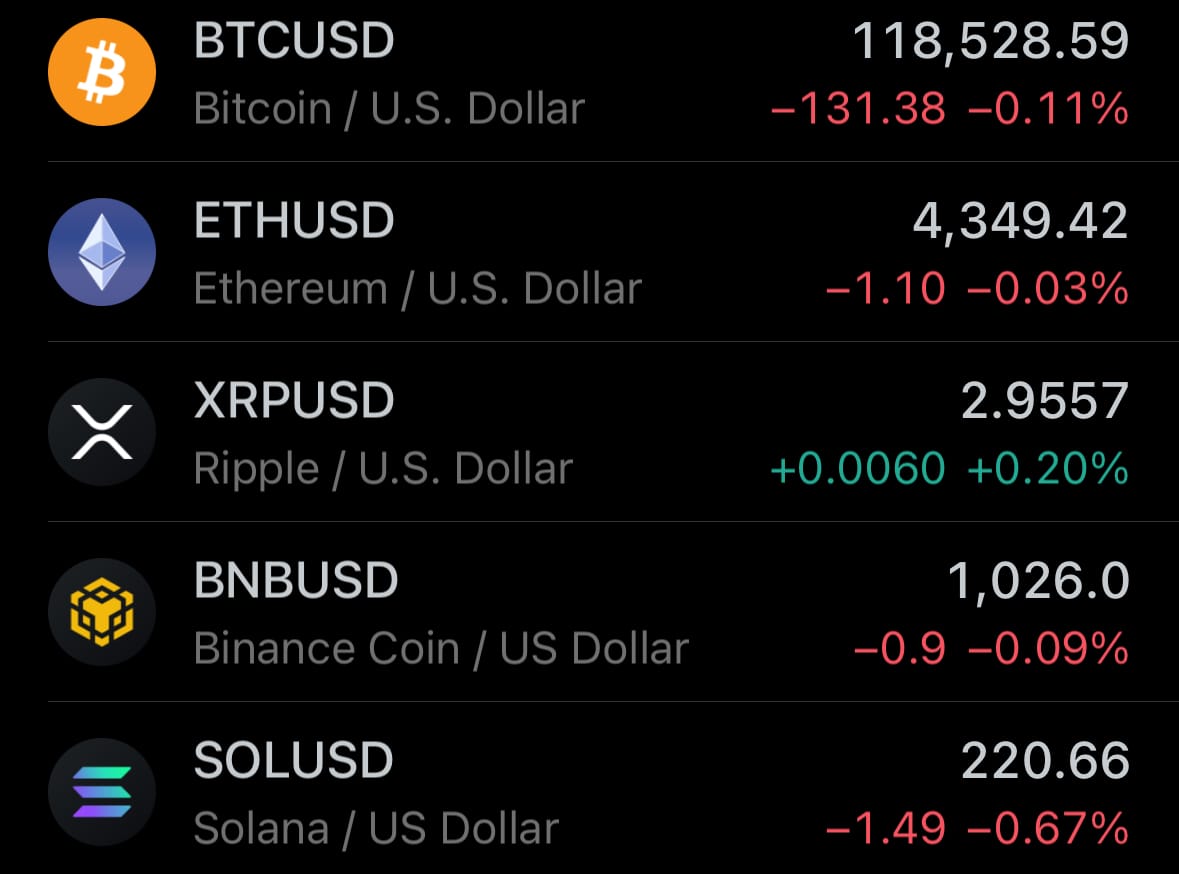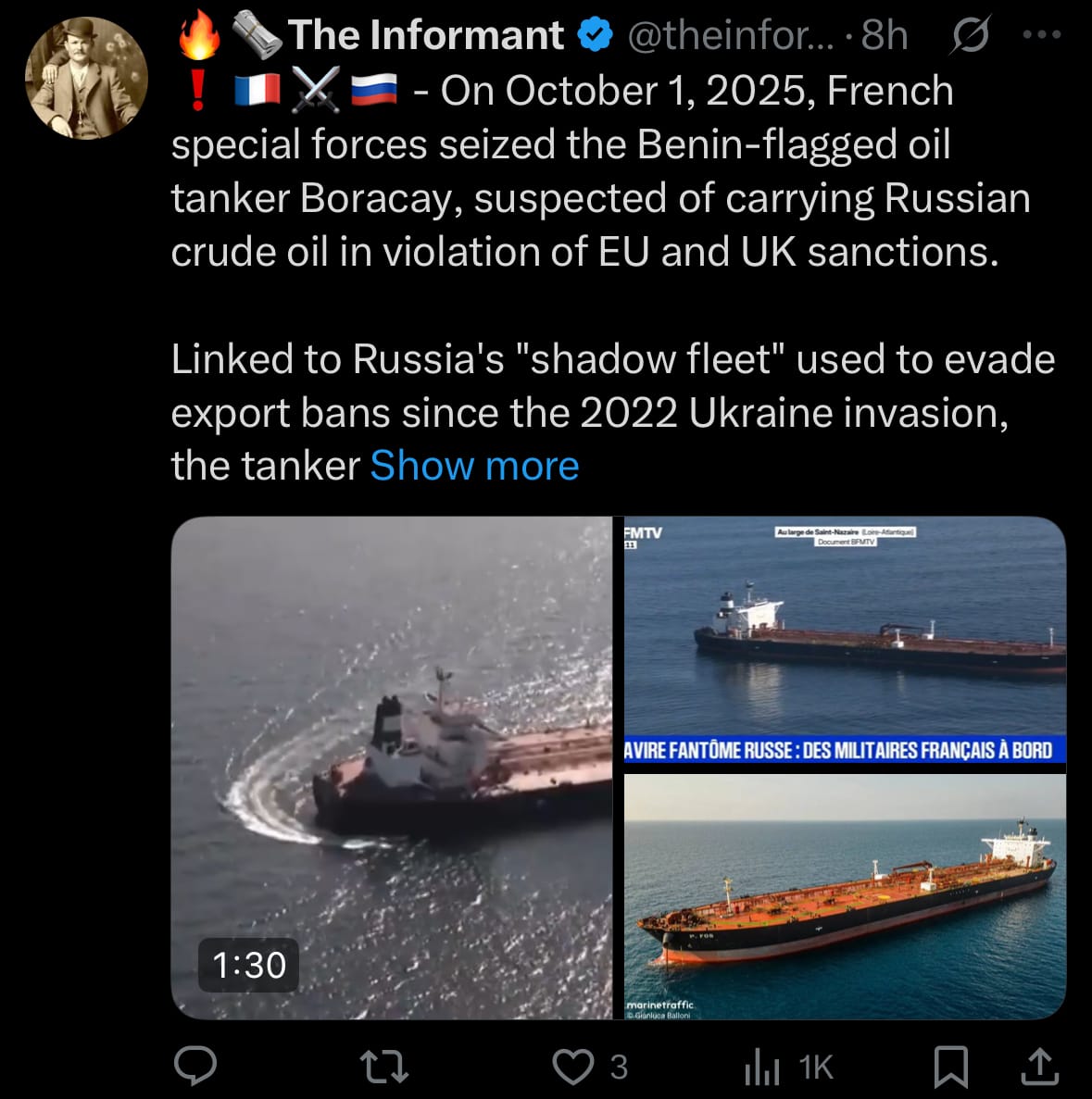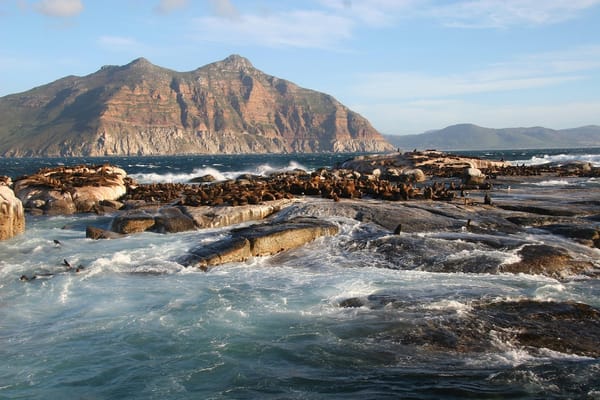Thursday☕️

Trending:
- As of October 1, 2025, the U.S. federal government entered a partial shutdown after Congress did not pass funding bills for the new fiscal year starting at midnight, resulting from disagreements between Republicans and Democrats on budget priorities. About 750,000 federal workers are impacted, with many placed on furlough or working without immediate pay, while essential staff in fields like national security and law enforcement remain active. President Trump mentioned the possibility of permanent reductions in non-essential programs if the shutdown continues, as talks proceed in the Senate and House.
- The shutdown suspends non-essential activities, such as national park services, passport issuance, and standard FDA checks, and postpones releases of economic indicators like the September employment data, with potential disruptions to programs like WIC and SNAP if it extends past October. Core services including Social Security disbursements, postal operations, and air traffic management continue, though military pay could be delayed.
Economics & Markets:
- Yesterday’s U.S. stock market:

- Yesterday’s commodity market:

- Yesterday’s crypto market:

Geopolitics & Military Activity:
- On October 1, 2025, French special forces boarded the Benin-flagged oil tanker Boracay, also known as Pushpa, off the coast of Saint-Nazaire, suspecting it of transporting Russian crude oil in breach of EU and UK sanctions. The vessel, part of Russia's "shadow fleet" designed to circumvent export restrictions imposed since the 2022 Ukraine invasion, had departed from Primorsk on September 20 and navigated through the Baltic Sea, North Sea, English Channel, and Bay of Biscay before interception. Escorted by a French Navy warship, the tanker was anchored near the port without resistance from its crew, and two senior members were detained for questioning. Brest prosecutors initiated an investigation into potential violations of maritime law, including sanctions evasion and possible involvement in launching drones over European airspace.

- President Emmanuel Macron highlighted the operation as a demonstration of France's resolve to enforce sanctions and curb Russia's funding for its military activities, ahead of an EU summit addressing the shadow fleet's risks. No immediate casualties or spills were reported, and Russia has not issued a formal response. The incident underscores ongoing efforts to monitor aging, uninsured vessels in the shadow fleet, which pose environmental and security threats, while international observers note the tanker's history of name changes and flag switches to obscure ownership ties to Russian entities.
Houthi Ship Attack:
- On October 1, 2025, Yemen's Houthi rebels claimed responsibility for a missile strike on the Dutch-flagged general cargo ship Minervagracht in the Gulf of Aden, approximately 128 nautical miles southeast of Aden. The 2011-built vessel, owned by Amsterdam-based Spliethoff and managed from Ukraine, was en route from Jeddah to Mundra when hit by what was described as a cruise missile, causing a fire and substantial damage that left the ship adrift. The crew of 19, comprising nationals from the Philippines, Russia, Sri Lanka, and Ukraine, abandoned the vessel without resistance, with two sailors sustaining injuries during the evacuation by helicopter coordinated by the EU's Operation Aspides naval mission.

- One injured crew member was airlifted to Djibouti for medical treatment, while the others were safely transferred to a nearby ship. The Houthis stated the attack targeted the vessel due to its owner's alleged dealings with Israel, amid their broader campaign against shipping linked to Israel, the U.S., or the U.K. since November 2023. In response, the Netherlands urged the European Union to designate the Houthis as a terrorist organization and impose sanctions, highlighting risks to international maritime security.
Environment & Weather:

Cyber:
- In late September, Canadian airline WestJet disclosed a data breach from June that compromised the personal information of approximately 1.2 million passengers, attributed to the hacking group Scattered Spider. The incident involved unauthorized access to customer data, including names, contact details, travel itineraries, and passports and identification documents. WestJet, the country's second-largest carrier, stated the breach was detected on June 13 and has since notified affected individuals and regulatory authorities in compliance with privacy laws.
- The Scattered Spider group, known for targeting large organizations through social engineering and ransomware tactics, has been linked to similar attacks on other companies. WestJet reported no evidence of misuse of the stolen data so far but advised passengers to monitor accounts for suspicious activity and offered free credit monitoring services. The breach highlights vulnerabilities in the aviation sector's data systems, prompting calls for enhanced cybersecurity measures amid ongoing threats from cybercriminal networks.
Statistic:
- Largest public railroad companies by market capitalization:
- 🇺🇸 Union Pacific Corporation: $139.48B
- 🇨🇦 Canadian Pacific Railway: $68.69B
- 🇺🇸 Norfolk Southern: $67.01B
- 🇺🇸 CSX Corporation: $65.24B
- 🇨🇦 Canadian National Railway: $58.96B
- 🇯🇵 Central Japan Railway: $27.74B
- 🇯🇵 East Japan Railway: $27.14B
- 🇮🇳 Indian Railway Finance: $18.50B
- 🇨🇳 China Railway Construction: $14.13B
- 🇫🇷 Getlink: $9.90B
- 🇯🇵 West Japan Railway: $9.76B
- 🇯🇵 Hankyu Hanshin Holdings: $6.94B
- 🇯🇵 Tokyu: $6.87B
- 🇯🇵 Tokyo Metro: $6.55B
- 🇮🇳 Indian Railway Catering & Tourism: $6.39B
- 🇧🇷 Rumo: $5.48B
- 🇹🇼 Taiwan High Speed Rail: $5.19B
- 🇦🇺 Qube Holdings: $4.87B
- 🇯🇵 Kyushu Railway Company: $4.08B
- 🇯🇵 Kintetsu GHD: $3.84B
- 🇯🇵 Odakyu Electric Railway: $3.81B
- 🇦🇺 Aurizon Holdings: $3.75B
- 🇯🇵 Tobu Railway: $3.45B
- 🇯🇵 Keio Corporation: $3.04B
- 🇹🇭 Bangkok Expressway and Metro (BEM): $2.33B
History:
- The concept of high-speed rail dates back to the late 19th and early 20th centuries when engineers and futurists began envisioning streamlined trains capable of surpassing conventional speeds. As early as the 1900s, experimental trains like Germany’s electric railcars and Britain’s streamlined steam locomotives hinted at the potential for faster ground travel. However, it wasn’t until post–World War II Japan that the idea of a dedicated, high-speed passenger rail network truly crystallized. Faced with congested rail lines and growing urban populations, Japanese engineers sought to revolutionize rail travel. In 1964, just in time for the Tokyo Olympics, Japan unveiled the Shinkansen, or “new trunk line,” connecting Tokyo and Osaka. This “bullet train” — named for its aerodynamic nose — traveled at 210 km/h (130 mph), marking the birth of modern high-speed rail. The Shinkansen was a global sensation, proving that electrified trains running on specially built tracks could safely and reliably transport large numbers of passengers at unprecedented speeds.
- Following Japan’s success, other nations gradually embraced high-speed rail. France launched the TGV (Train à Grande Vitesse) in the early 1980s, pushing speeds beyond 270 km/h (168 mph) and setting world records in subsequent decades. Germany developed the InterCity Express (ICE) with a focus on comfort and speed integration across its broader rail system. Spain’s AVE, South Korea’s KTX, and China’s CRH followed, with China now operating the world’s largest and most advanced high-speed network, including maglev lines and trains regularly exceeding 350 km/h (217 mph). Meanwhile, Japan continues to innovate with next-gen maglev Shinkansen technologies, already hitting test speeds over 600 km/h (373 mph). Today, bullet trains represent not only transportation marvels but also geopolitical and economic symbols — offering sustainable, high-capacity alternatives to air travel, reshaping urban connectivity, and inspiring ambitious rail infrastructure projects across the globe, from California to the Middle East.
Image of the day:

Thanks for reading!
Earth is complicated, we make it simple.

Monitor the planet with our free Earth Watch Globe (Click image below to view):

View our previous newsletters:

Support/Suggestions Email:
earthintelligence@earthintel.news




